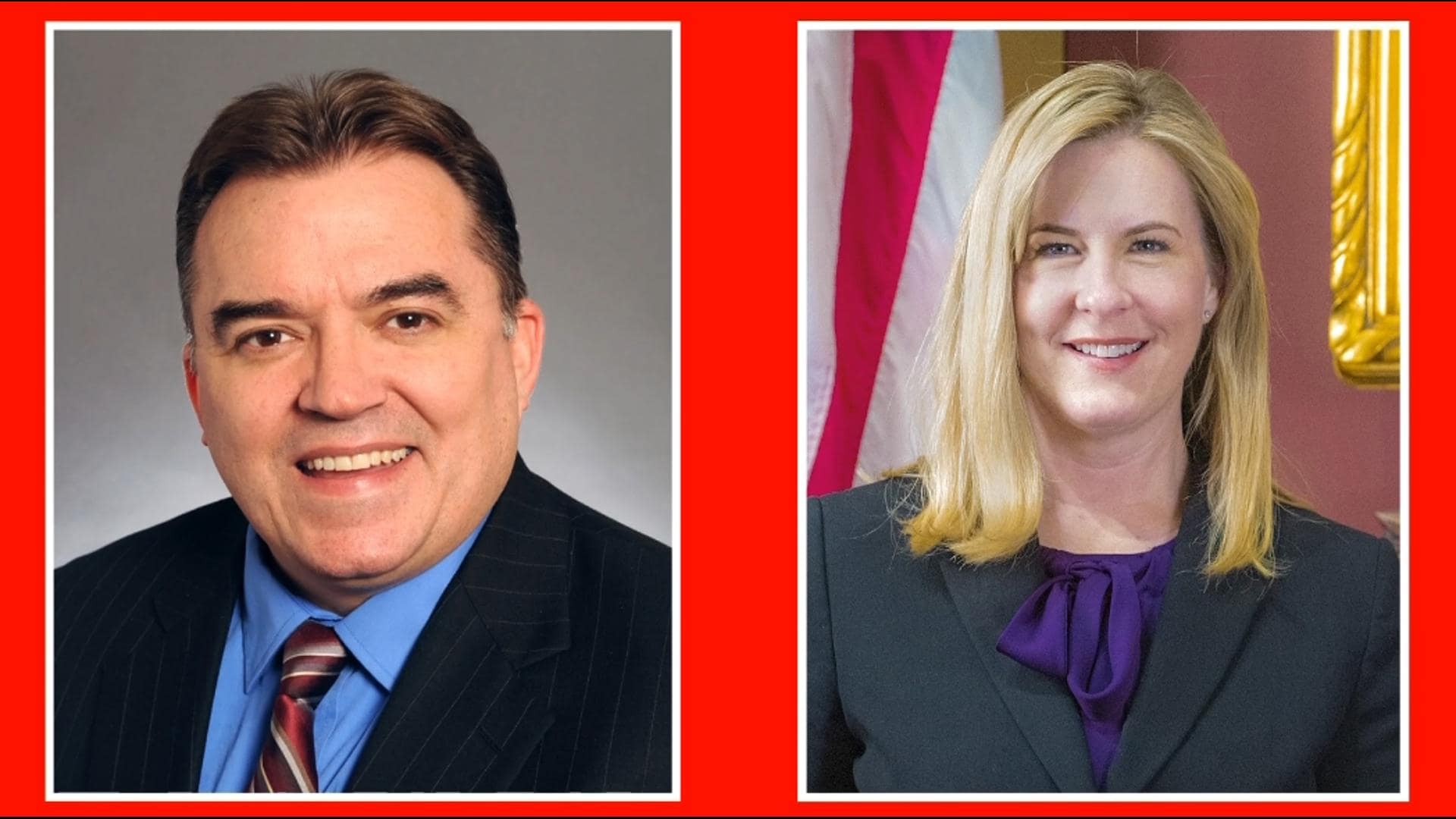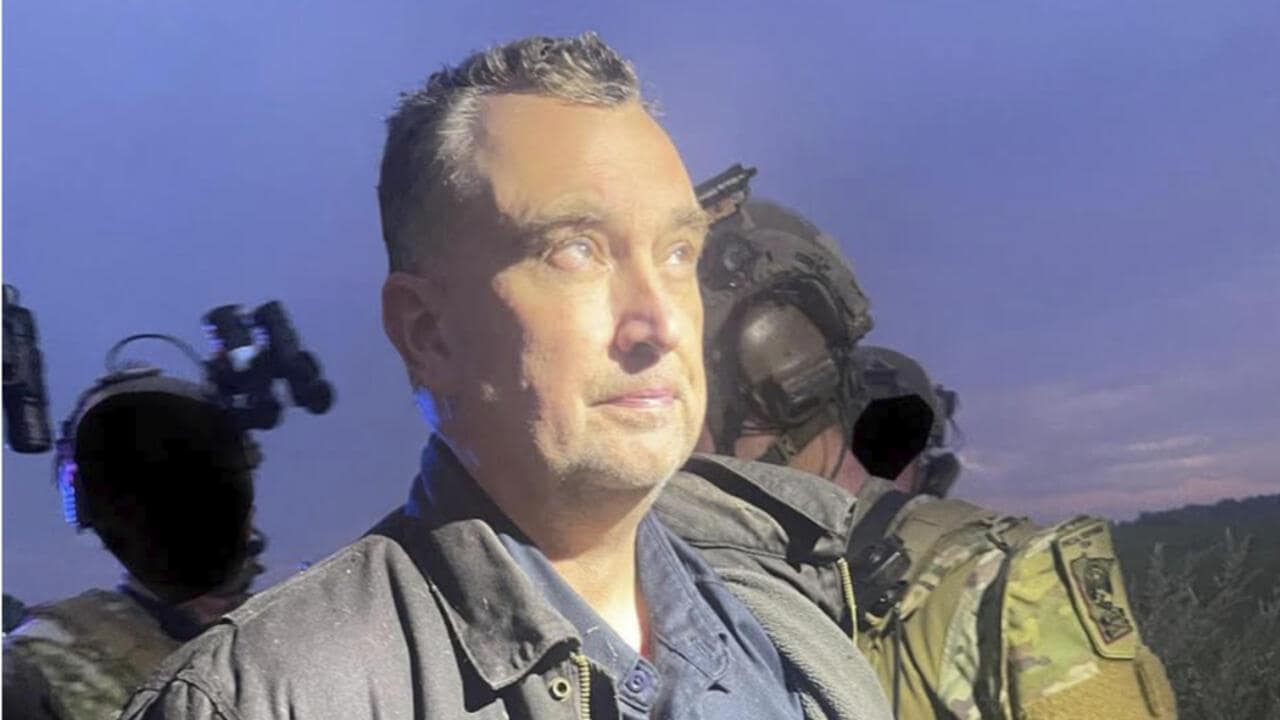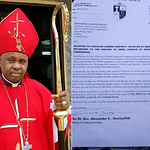From the immediate aftermath of a violent act that stunned Minnesota-the killing of a state lawmaker-to the persistent work of investigators, the trajectory of the case has reportedly reached a new phase. Authorities have confirmed the arrest of an individual suspected in the death, turning the focus from an unsolved crime to the legal steps that lie ahead.
Table of Contents
- Closing the Net Suspect Arrested
- Inside the Investigation Tracing the Path to Custody
- Examining the Legal Road Ahead After Apprehension
- Community Reflection Processing the Development
- Key Takeaways

Closing the Net Suspect Arrested
Following an intensive, multi-layered search that spanned state lines and involved collaboration across numerous law enforcement agencies, authorities have confirmed the apprehension of a suspect in connection with the death of the esteemed Minnesota lawmaker. The breakthrough came after weeks of dedicated investigative work, meticulously piecing together clues and tracking leads that ultimately led to the location of the individual. The coordinated effort highlights the unwavering commitment of investigators who navigated complex challenges to bring the search to a critical turning point.
The individual is now in custody, pending formal charges as the investigation transitions to its next phase. This crucial step allows authorities to delve deeper into the circumstances surrounding the tragic incident. Information gathered throughout the extensive manhunt, combined with evidence collected upon arrest, will be pivotal in building the case. While the arrest marks a significant development, officials emphasize that the legal process is ongoing and further details will be released as they become available.
| Key Development | Status |
|---|---|
| Suspect Located | Confirmed |
| Individual Apprehended | In Custody |
| Investigation Phase | Ongoing |

Inside the Investigation Tracing the Path to Custody
The scene was immediately secured, transforming the quiet residential street into a hub of intense forensic activity. Teams of investigators, drawn from multiple specialized units, began a painstaking process of documentation and evidence collection. Every corner, every surface, every potential trace was meticulously analyzed. The pressure to identify the perpetrator was immense, but the focus remained on building a solid case from the ground up. Digital forensics experts simultaneously started sifting through electronic records and public surveillance footage, looking for any anomalies or connections related to the victim’s final hours. The initial findings painted a complex picture, suggesting a pathway that wasn’t immediately obvious, requiring a deep dive into various potential motives and connections.
The subsequent days saw the investigation fan out, following leads across the state and even beyond. Investigators pieced together timelines, conducted interviews with dozens of individuals, and cross-referenced databases. Surveillance imagery and witness corroboration became critical in narrowing the field of potential suspects. A dedicated task force integrated intelligence from federal, state, and local agencies, pooling resources and expertise. This collaborative effort proved crucial in identifying a person of interest whose movements aligned suspiciously with the established timeline. Tracking this individual became the priority, culminating in a coordinated inter-agency operation that led to the suspect’s apprehension several states away.
| Investigation Phase | Key Action | Role |
|---|---|---|
| Initial Response | Scene Securement | Local PD |
| Forensic Analysis | Evidence Collection | State Bureau Lab |
| Digital Trace | Data Mining | Cybercrimes Unit |
| Lead Development | Witness Interviews | Task Force |
| Tracking & Custody | Multi-State Pursuit | Joint Agencies |

Examining the Legal Road Ahead After Apprehension
The moment the suspect is taken into custody, the gears of the legal system begin to turn with deliberate precision. Apprehension is merely the prologue; the main act involves navigating a series of structured procedures designed to determine guilt or innocence. This typically starts with processing the individual, often involving booking and initial detention at a correctional facility. Following this, a swift transition occurs towards the initial judicial appearance, sometimes called an arraignment or first appearance. Here, the suspect is formally informed of their rights, including the right to remain silent and the right to legal representation – a critical juncture where the foundation of the defense or prosecution’s case begins to solidify. It’s at this early stage that the state outlines the preliminary basis for the charges they intend to pursue, setting the stage for what could be a protracted legal battle.
From the initial appearance, the path diverges based on myriad factors, including the nature of the charges and the evidence gathered. The subsequent journey often involves intricate phases. These can include:
- Preliminary Hearings or Grand Jury Indictment: Processes to determine if there is sufficient evidence to formally charge and proceed to trial.
- Discovery Phase: Where both the prosecution and defense exchange relevant information and evidence.
- Motion Hearings: Sessions addressing legal arguments, such as motions to suppress evidence or change venue.
- Plea Negotiations: Discussions between the defense and prosecution aimed at resolving the case without a full trial, which may involve pleading guilty to lesser charges.
- Trial: The presentation of evidence, witness testimony, and legal arguments before a judge or jury.
Should the case proceed to trial
Community Reflection Processing the Development
The news of an arrest introduces a new facet into an already complex tapestry of community emotion. For weeks, a collective sense of sorrow and uncertainty pervaded local spaces, from quiet street corners to virtual town squares. This development, while a significant step in the investigative process, doesn’t instantly erase the impact of the loss but rather shifts the focus of our collective grief and search for understanding. There’s a palpable, if subtle, change in the air – a mix of potential relief, continued mourning, and perhaps new questions emerging as the path towards judicial proceedings begins. Processing this moment isn’t uniform; it manifests in diverse ways across neighborhoods and personal circumstances, reflecting the varied connections people had to the situation and each other. It is a period marked by simultaneous feelings:
- Tentative relief that progress is being made in the case.
- Continued pain and remembrance of the life lost.
- Heightened awareness of community safety and vulnerability.
- A push for open dialogue and shared reflection.
This phase encourages a deeper look inward and outward, prompted by the gravity of the event and subsequent developments. Community processing extends beyond individual grief to encompass collective action and conversation. Many are engaging in dialogues about safety measures, support systems, and the very fabric of local civility. Efforts are observed to reinforce bonds and provide spaces for sharing, highlighting the resilience embedded within the community structure. While the legal process unfolds elsewhere, locally, the emphasis remains on healing and strengthening connections. This arrest serves as a waypoint, not an endpoint, in the community’s journey through trauma and recovery, sparking both necessary reflection and forward-looking initiatives.
| Community Response Angle | Focus Area |
|---|---|
| Emotional Processing | Grief & Shared Reflection |
| Safety & Awareness | Local Initiatives |
| Forward Look | Strengthening Connections |
Key Takeaways
As this chapter draws to a close, the wheels of justice begin to turn with renewed urgency. The arrest of the suspected killer marks a critical step toward uncovering the full story behind the tragedy that shook not only a community but an entire state. While questions remain and healing will take time, the pursuit of truth and accountability continues – a testament to the resilience of those left behind and the enduring commitment to justice in Minnesota.













